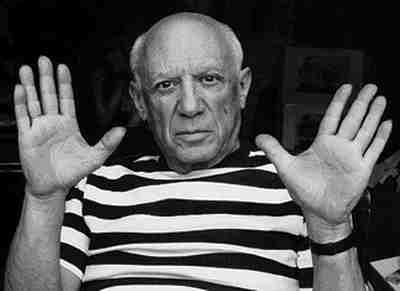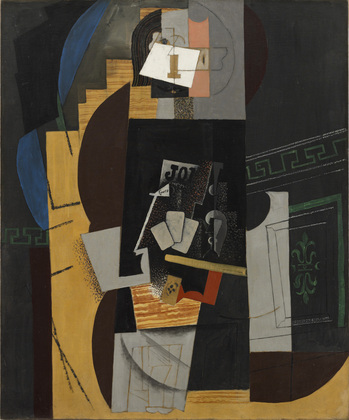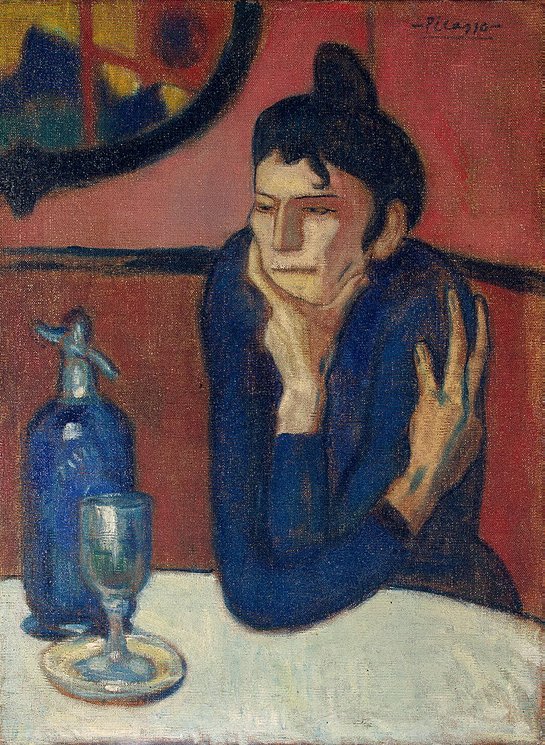Pablo Picasso
After shattering representational tradition through cubism, which he developed with Georges Braque, Picasso became the artistic visionary against whom most others measured their creativity throughout the twentieth century.

Pablo Picasso showing his hands
After early work inspired by international models—the anguished, attenuated figures of El Greco, the dark, moody outlines of symbolism, and the sinuous curvatures of Art nouveau to name a few—Picasso began to find his own vision. The art he made in the decade between 1905 - 1915 unleashed a torrent of originality—Rose and Blue Period pieces that probe the emotional depths of his personal experiences and identity; mask-like portraits and heavily faceted nudes that translate classical and primal aspects of ancient, Iberian, and African cultures, culminating in Les Demoiselles d’Avignon of 1907; and the cubist and collage works which, in their fragmentation of illusionism, delivered Picasso’s breakthrough.

Pablo Picasso 07.08.1948 Paris
From National Gallery of Art, Washington
All of images and text at art-Picasso.com is only being used for informational and educational purposes; the images is readily available on the internet.


